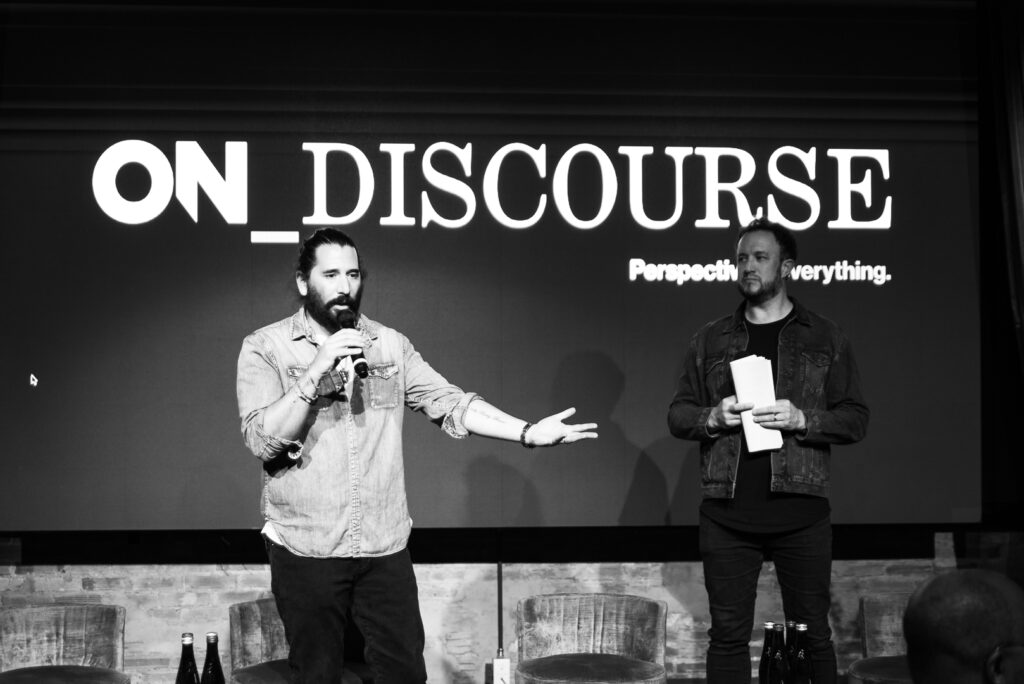Spencer
Dinwiddie
The first line of my bio reads "NBA player," but I always tell people I’m a tech guy with a jumper. My fascination with emerging technology was the prime motivating factor for co-founding Calaxy, a new platform empowering Creators to connect with their fans and monetize their brands easier than ever before.
That fascination with new tech is also why I jumped at the opportunity to invest in Genies and explore the worlds of AI, blockchain, and virtual and augmented realities.
Recently I fell down a rabbit hole thinking about the advent potential of AI-generated avatars and conversational bots and how they might be able to help revolutionize fan interaction.
Before this technological era, a person couldn’t be in two places at once or appear to come back from the dead. But this technology — which seemed so novel and impossible to fathom — is now right at our fingertips.
The application of AI-generated avatars seems obvious, now. It could allow me — or anyone else that has so many demands on their time that they have to say no to things they’d like to be doing — to work in new ways. I could take video footage, photos of myself, words I’ve authored, and other content I’ve generated and use these materials to help train AI models in the hopes that they can extrapolate my personality and then appear and interact on my behalf, sort of like digital clones who works for me.
Surveys the
Anyone can see the benefits of this. People who want to interact with me but otherwise wouldn’t have that access are suddenly able to. And from my end, I’m able to say yes to things that otherwise wouldn’t have fit into my schedule.
It’s a game-changer.
And because AI models can evolve, digital representations of my personality could learn and grow over time.
This digital version of me would also be more knowledgeable about the world because it would be digesting information at a rate impossible for humans to keep up with. So it would pretty quickly become a smarter and wittier version of myself, if that’s something you can imagine.
But, AI-generated avatars could have some potentially terrifying results as well. With this tech, deep fakes are a real concern, especially as the line between what’s real and what isn’t gets blurrier and blurrier over time. And what happens if my AI-generated avatar is interacting with a fan and says something horrible? The backlash for those words or actions will land at my feet and impact my brand, not some AI-generated version of me. The avatar doesn’t have a reputation to worry about, but I do.
We need to figure out how to use this technology responsibly and ethically.”
AI Opportunity
There is some suggestion that blockchains and other immutable technologies could potentially help mitigate some of these concerns because they can ensure credibility and verify the authenticity of content, but we’re not going to be able to put the genie back in the bottle, no pun intended.
Another challenge is the lack of regulatory clarity. AI is advancing so quickly that it’s tough to keep up with the rules. We need to figure out how to use this technology responsibly and ethically. It’s a learning process, and we have to be careful not to cross any boundaries that we’ll regret later.
And let’s not forget the bigger picture. AI, if not properly controlled, could become a serious threat to humanity. We’ve all seen the Terminator movies and I’m not trying to be John Connor, so we’re going to need to be cautious and establish safeguards to prevent any unintended consequences. We don’t want to unleash something that we can’t handle.
We just have to remember that we’re still in the early stages of generative AI. If this were a basketball game, there’d be 20 seconds left on the shot clock of the first possession of the first quarter. There’s a ton of game left to play and we’re just scratching the surface of what this technology will ultimately do. It’s an exciting time, but we need to approach it with an open mind. We’ll learn as we go, and it’s important to keep evaluating, adapting, and having conversations about the best ways to use this technology…like enabling me to be swimming at the beach in Cannes and on-stage delivering a keynote address simultaneously.
Do you agree with this?
Do you disagree or have a completely different perspective?
We’d love to know

AI Goldmines and Landmines
Did Tom Brady Really Say That?
The innovation of generative AI opens the door wide open to sparking creativity and ideas. As it pertains to the sports industry, generative AI presents a plethora of great opportunities. However, there are more questions than answers concerning artificial intelligence and its place in the legal field.
Is AI a Goldmine or a Landmine For Athlete Brands?
This new age might be a goldmine for athletes, but they’ll have to avoid the landmines first.
AI’s potential role in enhancing personal branding in sports cannot be overstated.












